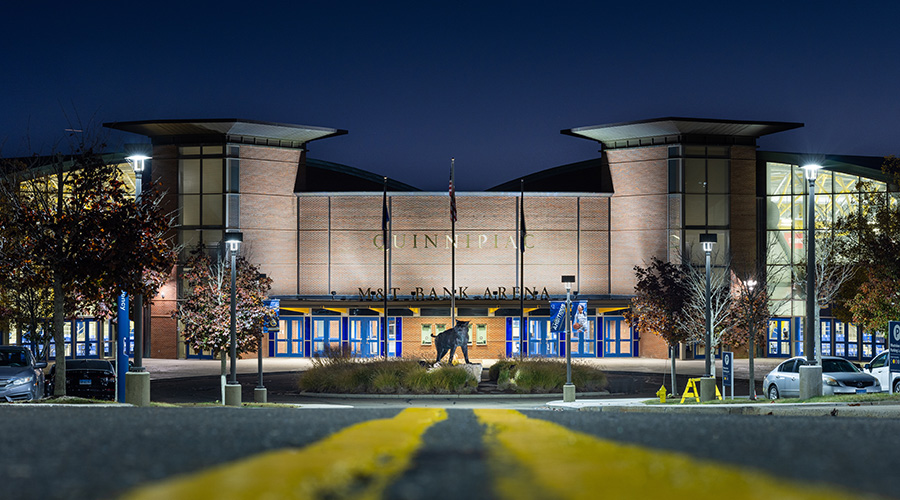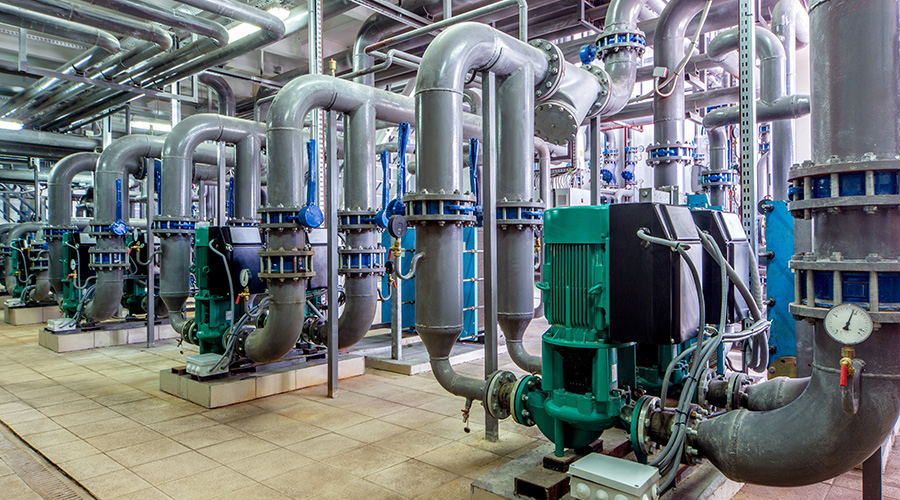Portable Heating and Cooling: Specification Starts with Facility Analysis
Portable heating and cooling units can be lifesavers when an emergency, a facility expansion, or a change in operations creates more demanding cooling or heating requirements.
Among the challenges maintenance and engineering managers face in specifying these units, whether renting or buying, is preparation — specifically, gathering all of the essential facts about the application and asking the right questions to equipment manufacturers or distributors before making a final decision.
But too often, managers begin talking with equipment providers without all of the needed information.
"That creates a negative relationship right from the start," says Joe Armshaw, regional manager with Atlas Sales & Rental.
Advances and Changes
The task of gathering information about facility needs is especially important as temporary and portable heating and cooling products evolve. Technology advances can deliver enhanced performance, but only for managers who invest the time and energy in selecting the equipment and features that best address the needs of the facility and the space.
One important advance manufacturers point to is the units' ability to connect to and communicate with fire-alarm and building-automation systems (BAS) so a problem with the unit produces a sound or light warning or sends an error code to the BAS.
"If the pump is not acting properly because of a kink in the hose, it will send an error code," says Sang Lee, product manager with MovinCool.
Manufacturers also are rolling out a growing array of alternatives to popular air-cooled units.
"We're seeing more interest in water-cooled systems," says Garth Tagge, national sales manager with Spot Coolers. Because the units use water, not air, to produce cooling, "there's no need to duct-exhaust the heat. They provide the ability to cool the space without any inflow or outflow of air."
Finally, the latest generation of portable cooling units reflects the refrigerant changeover from R-22 to R-410A. Because of the changeover, manufacturers have been forced to re-engineer equipment components, meaning some new units are larger than their predecessors, Tagge says.
Related Topics:
















